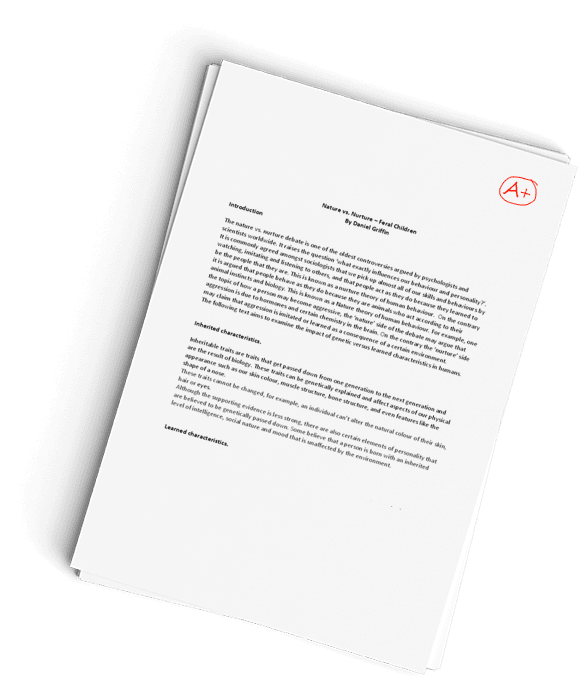Northeastern The General Linear Model Has Several Basic Assumptions Discussion
Question Description
I need two comments, each comment should be around 100 words.
Part 1:
The general linear model we are familiar with has several basic assumptions that we reviewed in our module 1 discussion. The general linear model assumes that the errors are normally distributed whereas the generalized linear model (GLM) allows for different distributions. The generalized linear model is an extension of the simpler linear model. The simple linear model can handle linear regression using the least squares fit for a continuous response variable and continuous or categorical predicator variables. On the other hand, the class of generalized linear models can handle logistic regression and multinomial responses (PSU, 2018). As our module 3 reading from Statistical Odds and Ends outlines, the GLM consists of three major parts (1) a random component, (2) a systematic component, and (3) a link function (Tay, 2019). The random component is the probability distribution of the response variable. The systematic component specifies the linear combination of the explanatory variables in creating the predictor. The link function details the link between the random and systematic parts of the model (ALY6015:Generalized Linear Models, 2020). The link function explains how the expected value of the response relates to the linear predictor of explanatory variables (PSU, 2018). One of the GLM class of models is the Poisson Regression which can help interpret dependent variables that consist of a count of items over a consistent length of observation especially if the data has a smaller mean (Frost, 2017). A real world example might be the modeling of homicides per day across a country.
Part 2:
The general linear model notes that the response variable follows a unique normal distribution format. In contrast, the generalized linear regression is a proper extension of the general linear model where the specification of models is allowed, and the response variables follow unique distributions (Zhang, 2017). The general linear model also assumes that errors are normally distributed or equally, the response variable gets a normal distribution that is conditional on the combination of explanatory variables. The general linear model entails certain Poisson, normal distribution, and binomial functions. A link function is applied in the general linear model to ensure the parameters are linear. Examples of the general linear models include ANOVA, MANCOVA, T-tests, F-tests ANCOVA, and MANOVA, while examples of generalized linear regression include Poisson regression, logistic, multinomial, and survival analysis.
The generalized linear models are applied where linear regression cannot be applied or deliver inappropriate predictions. The major components of generalized linear models include the random component, link function, and systematic component. Generalized linear models can be used by insurance companies for various applications such as a unique statistical tool to determine the real parameters in data presented and determine how previously ignored factors such as age can be used to influence policyholder behavior. We can use a data set for policy holders determine if age is a major factor in the policy holder premium rate. The generalized linear model may be utilized in this manner because it gives a better understanding of variability based on the data provided. For instance, it can determine the variability between decrement experience now and future trends.
Have a similar assignment? "Place an order for your assignment and have exceptional work written by our team of experts, guaranteeing you A results."








